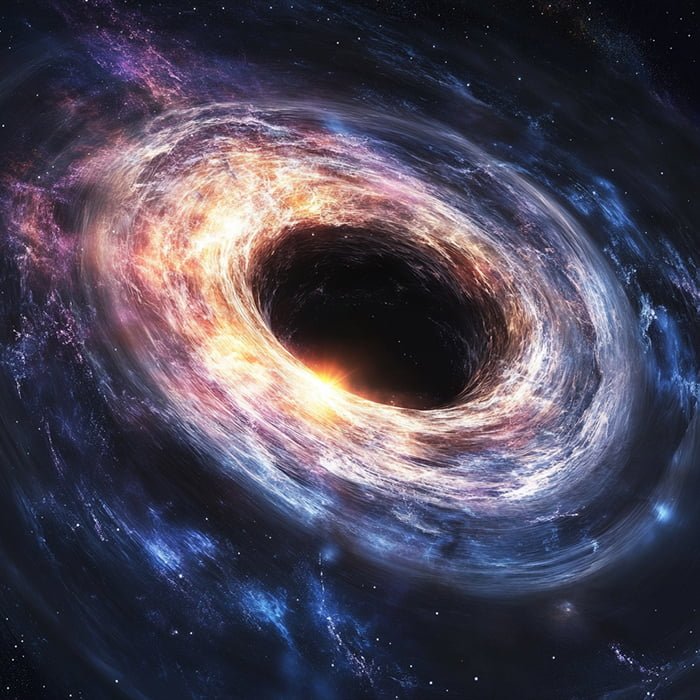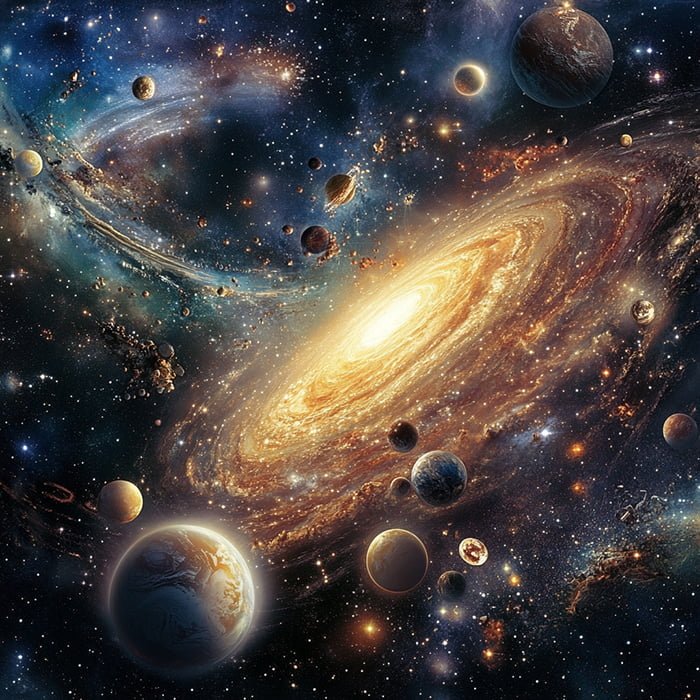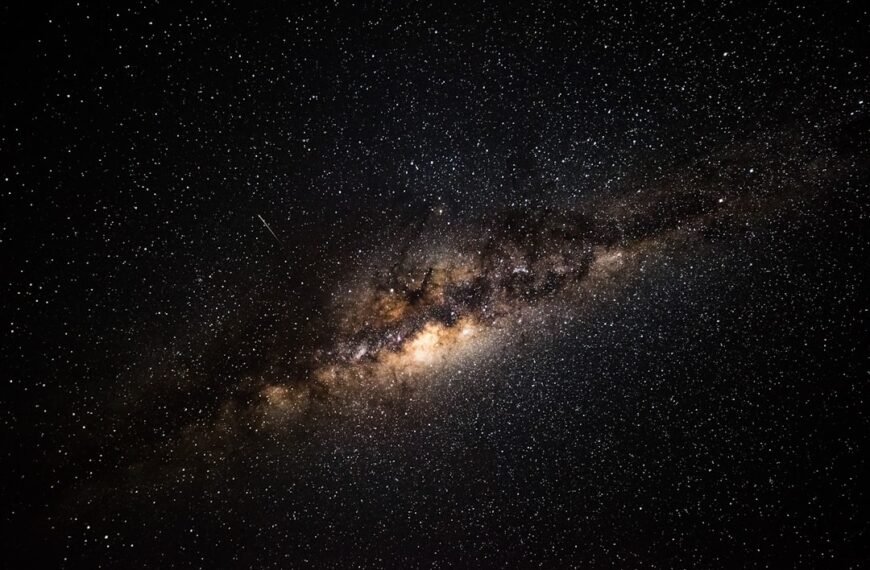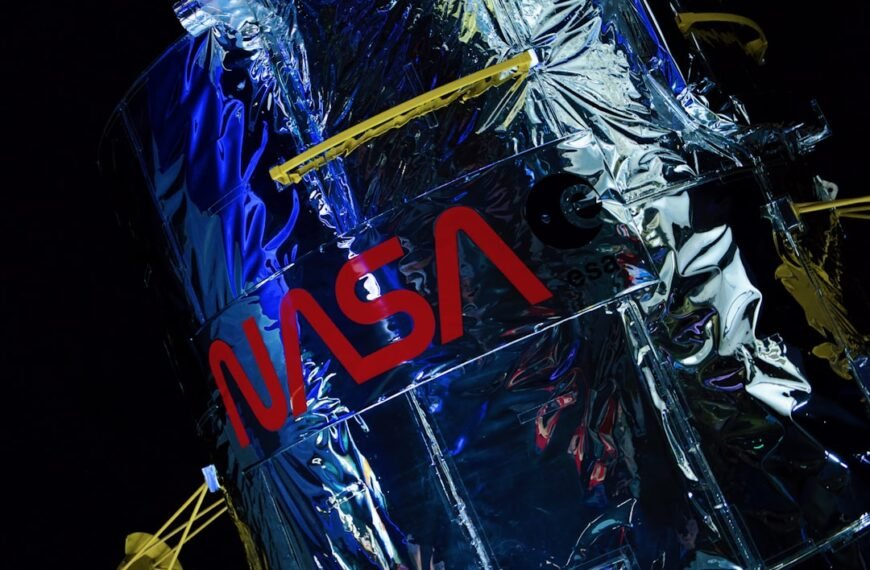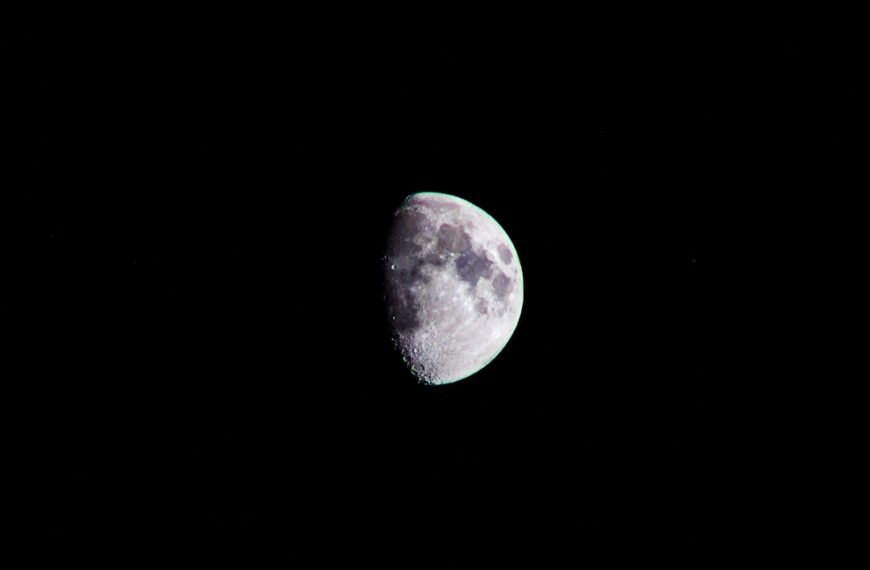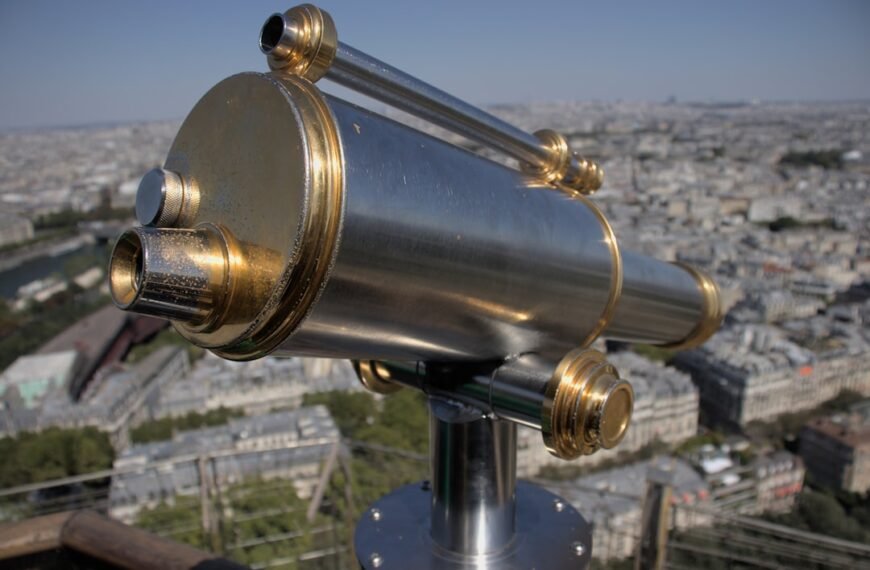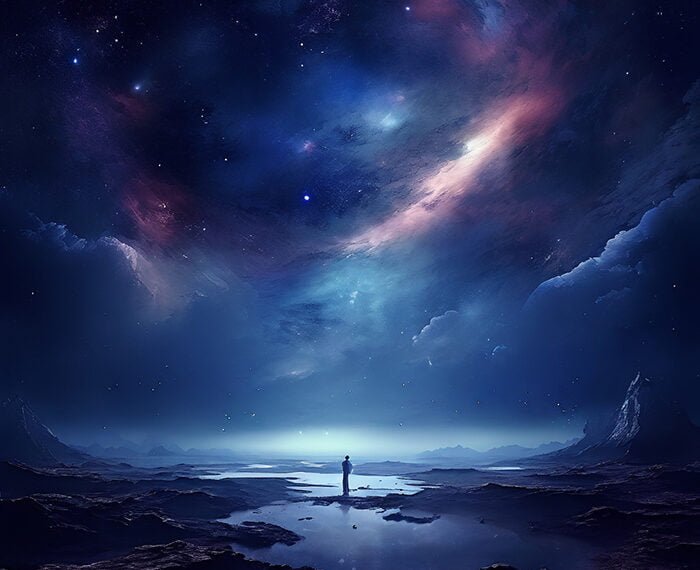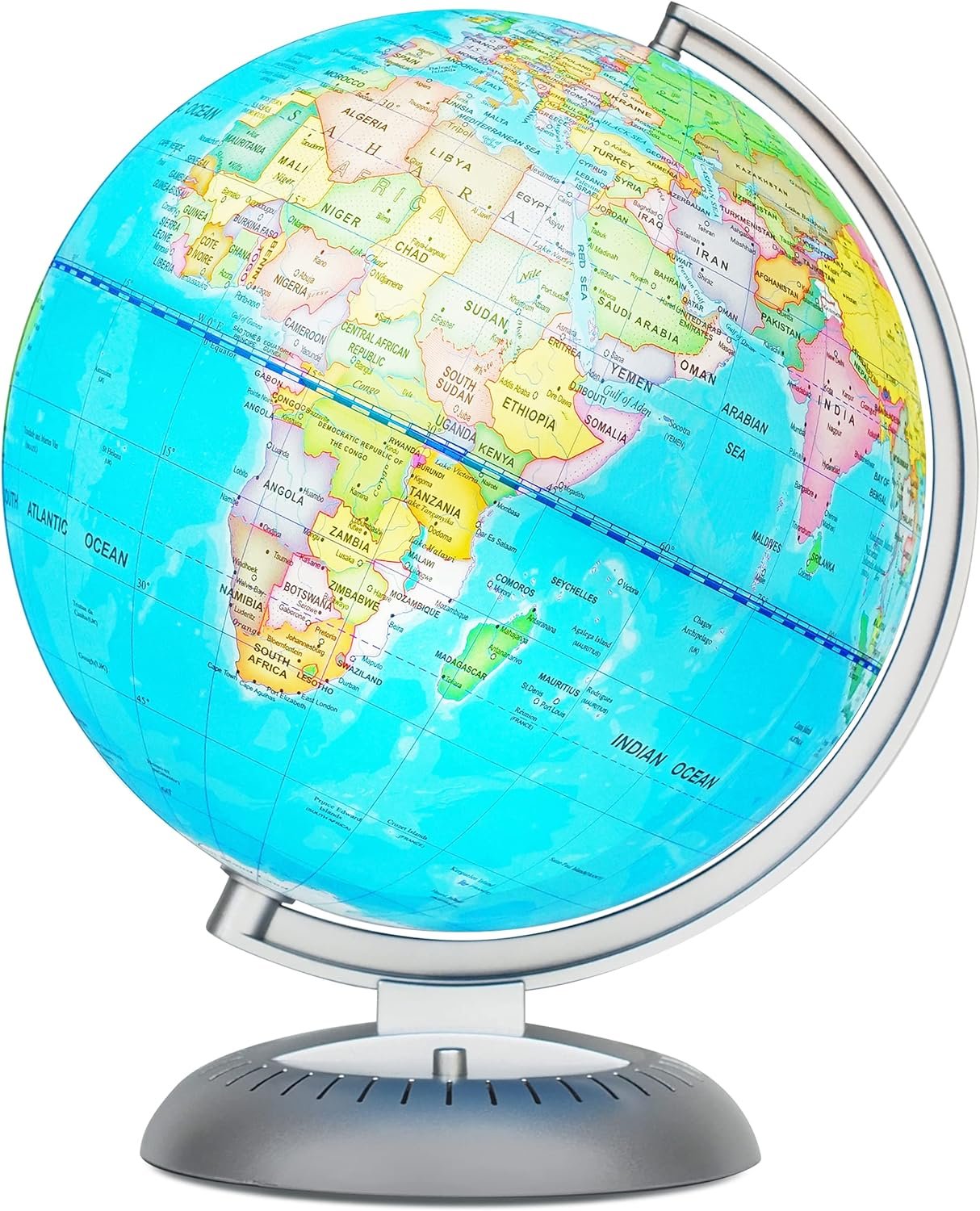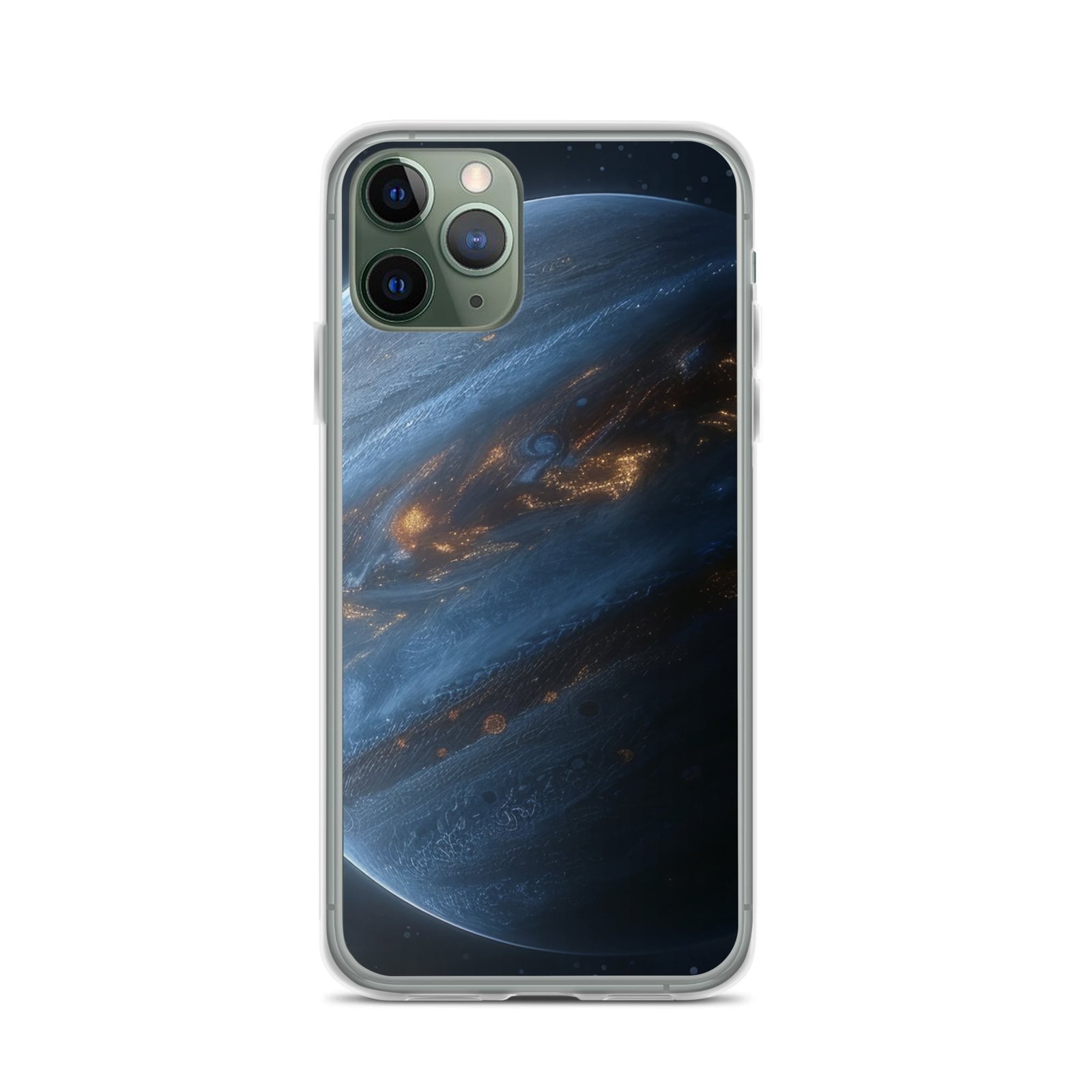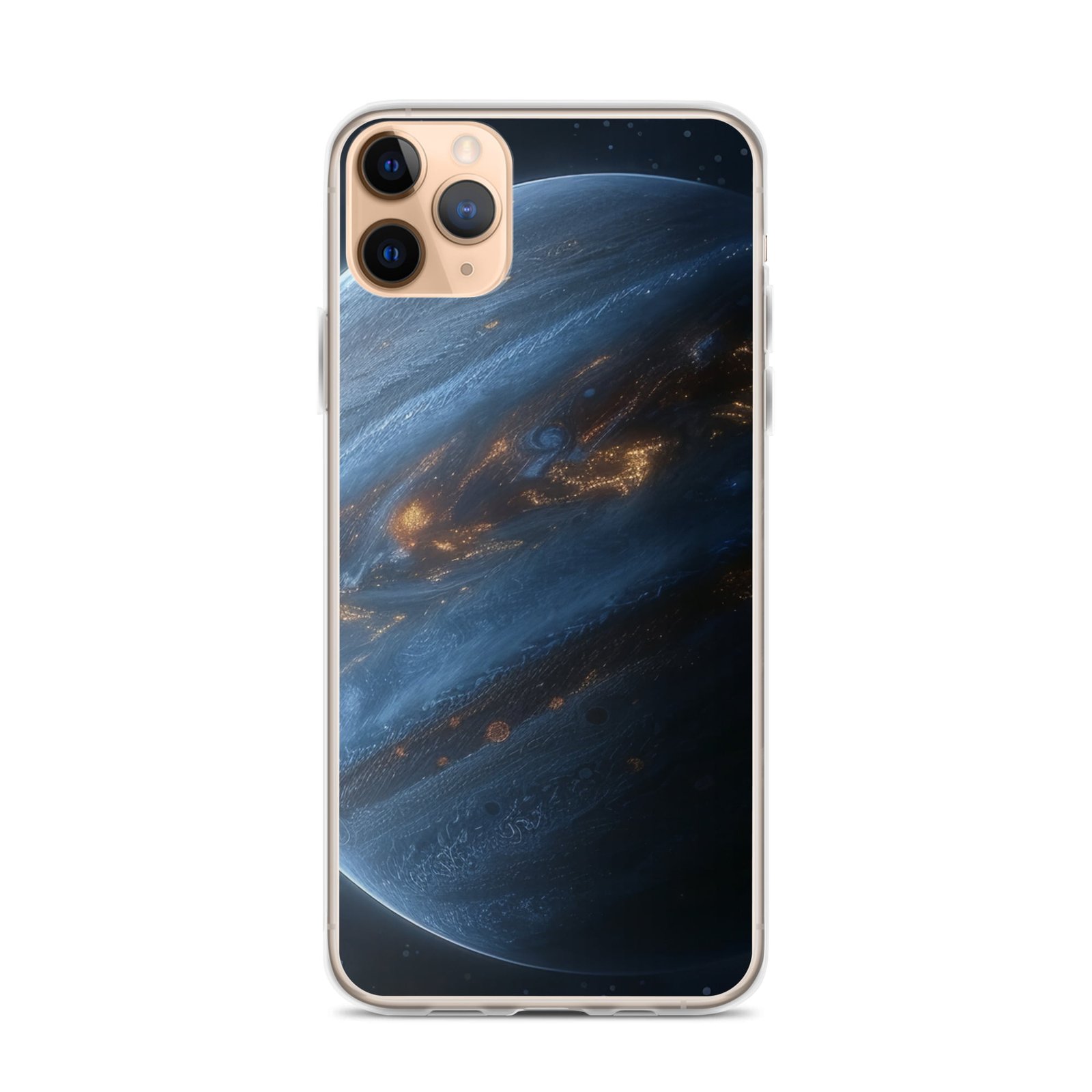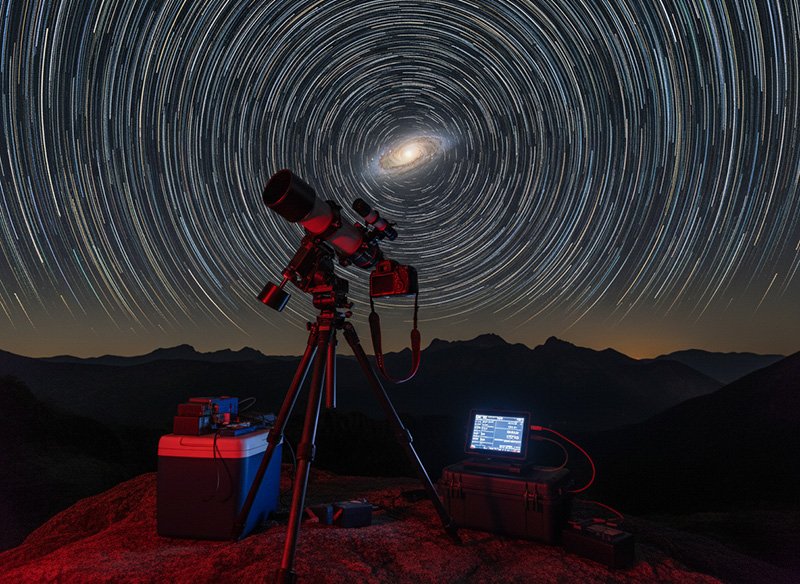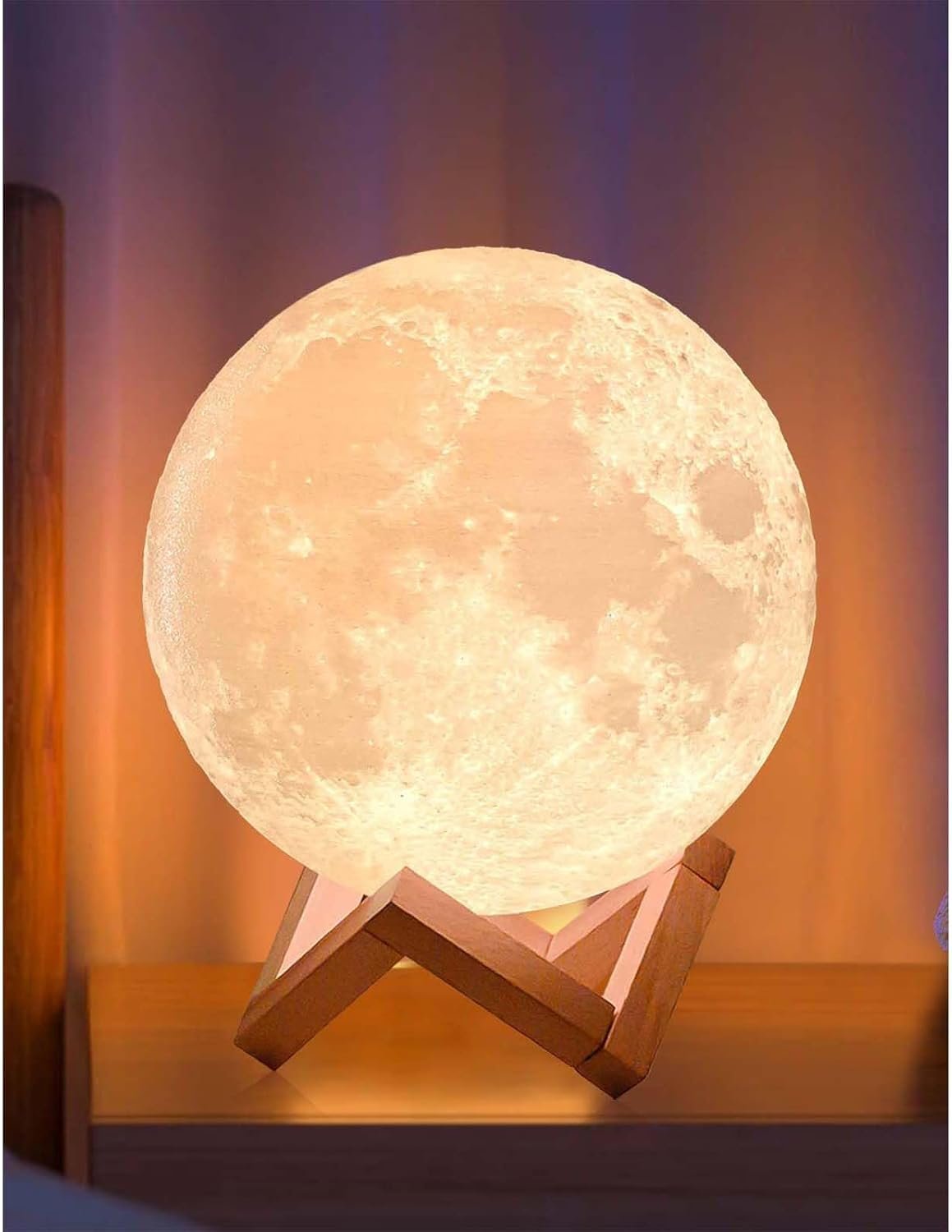Key Points Summary
- Black holes are regions in space with gravitational pulls so strong that nothing, not even light, can escape.
- Types of black holes include stellar-mass and supermassive black holes.
- Proximity: The closest known black hole is about 1,600 light-years away, posing no immediate threat to Earth.
- Sun’s fate: The Sun will not turn into a black hole but will end its life as a white dwarf.
- Potential threats: While a black hole passing close to our solar system could disrupt planetary orbits, such events are extremely unlikely.
- Primordial black holes: Hypothetical ancient black holes pose minimal risk, with potential collisions estimated to occur once every billion years.
Black holes are among the most fascinating and enigmatic objects in the universe. Their immense gravitational pull and mysterious nature often lead to questions about their potential threat to Earth. This comprehensive article synthesizes information from various sources to address the question: “Is Earth in danger of a black hole?
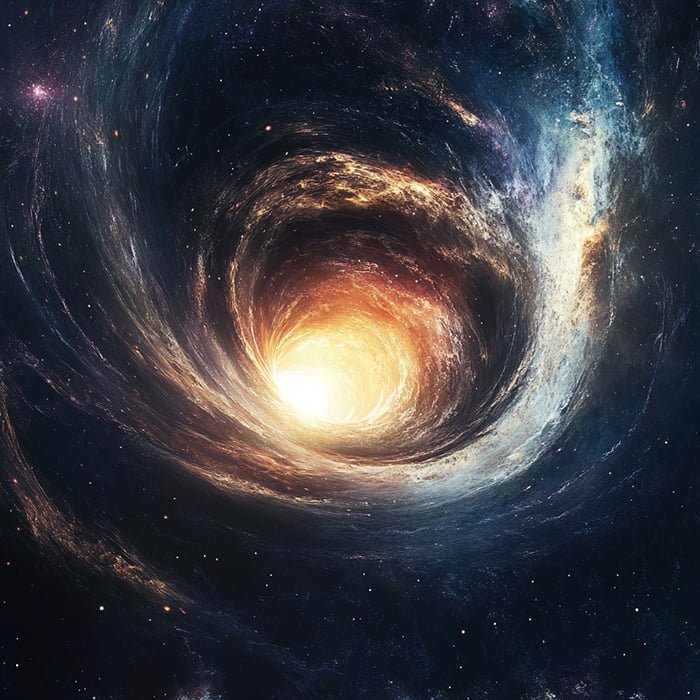
Understanding Black Holes
What Are Black Holes?
Black holes are regions in space where the gravitational pull is so strong that nothing, not even light, can escape from them. They form when massive stars collapse under their own gravity at the end of their life cycles. There are two primary types of black holes:
- Stellar-Mass Black Holes: These are a few times the mass of the Sun.
- Supermassive Black Holes: These can be millions to billions of times the mass of the Sun.
Formation of Black Holes
Black holes form from the remnants of massive stars that have ended their life cycles. When these stars exhaust their nuclear fuel, they undergo a supernova explosion, and the core collapses under its own gravity, forming a black hole.
Proximity of Black Holes to Earth
Closest Known Black Holes
One of the primary concerns about black holes is their proximity to Earth. Fortunately, no black hole is close enough to pose a direct threat to our planet. The closest known black hole is about 1,600 light-years away, which is far enough to ensure our safety. Additionally, the supermassive black hole at the center of our Milky Way galaxy, known as Sagittarius A*, is approximately 26,000 light-years away.
Safety from Nearby Black Holes
Given the vast distances, these black holes do not pose any immediate threat to Earth. The gravitational influence of these distant black holes is negligible compared to other cosmic forces acting on our planet.
The Sun and Black Holes
Can the Sun Become a Black Hole?
Another common question is whether our Sun could turn into a black hole. The answer is no; the Sun does not have enough mass to undergo the necessary collapse to form a black hole. Instead, it will end its life cycle as a white dwarf.
Life Cycle of the Sun
The Sun will eventually expand into a red giant and then shed its outer layers, leaving behind a dense core known as a white dwarf. This process will not result in the formation of a black hole.
Potential Threats from Black Holes
Direct Collision
While the direct collision of a black hole with Earth is extremely unlikely, there are other potential threats to consider. If a black hole were to pass close to our solar system, it could disrupt the orbits of planets, including Earth, potentially ejecting them from the solar system or causing them to collide with the Sun. However, the probability of such an event is exceedingly low, estimated at about 1-in-10,000 over the history of our solar system.
Gravitational Disruption
A passing black hole could exert significant gravitational forces, potentially altering the orbits of planets and other celestial bodies. However, such events are rare and unlikely to occur within the foreseeable future.
Primordial Black Holes
What Are Primordial Black Holes?
Primordial black holes are hypothetical black holes formed soon after the Big Bang. These ancient black holes are thought to be much smaller than stellar-mass black holes and could be scattered throughout the universe.
Risk of Collision
While there might be many of these ancient black holes roaming the universe, the chances of one colliding with Earth are minimal. Calculations suggest that such an event might occur once every billion years.
Conclusion
Summary of Findings
In summary, Earth is not in immediate danger from black holes. The nearest black holes are too far away to affect us, and the Sun will not become a black hole. While the theoretical risks from passing black holes or primordial black holes exist, they are extremely unlikely. Therefore, we can consider ourselves safe from the threat of black holes for the foreseeable future.
Importance of This Article
This article is important because it addresses common fears and misconceptions about black holes and their potential threat to Earth. By understanding the nature of black holes and their distances from our planet, we can alleviate unnecessary fears and focus on more immediate and realistic cosmic threats.
Lessons Learned
From this article, we learn that:
- Black holes, while fascinating, do not pose an immediate threat to Earth.
- The Sun will not become a black hole, ensuring the stability of our solar system.
- The probability of a black hole disrupting our solar system is extremely low.
By staying informed and understanding the science behind black holes, we can appreciate their role in the universe without undue fear.

